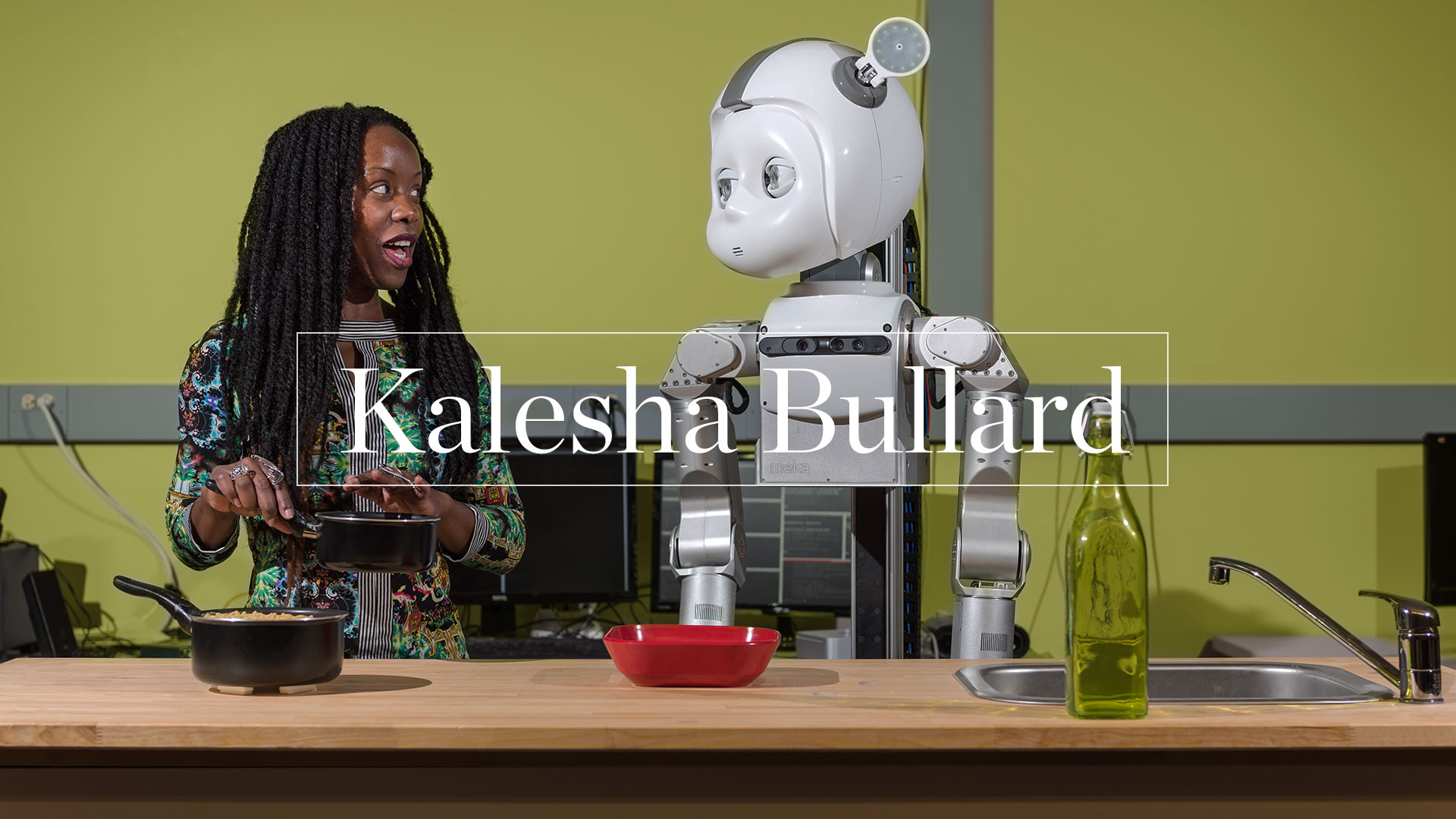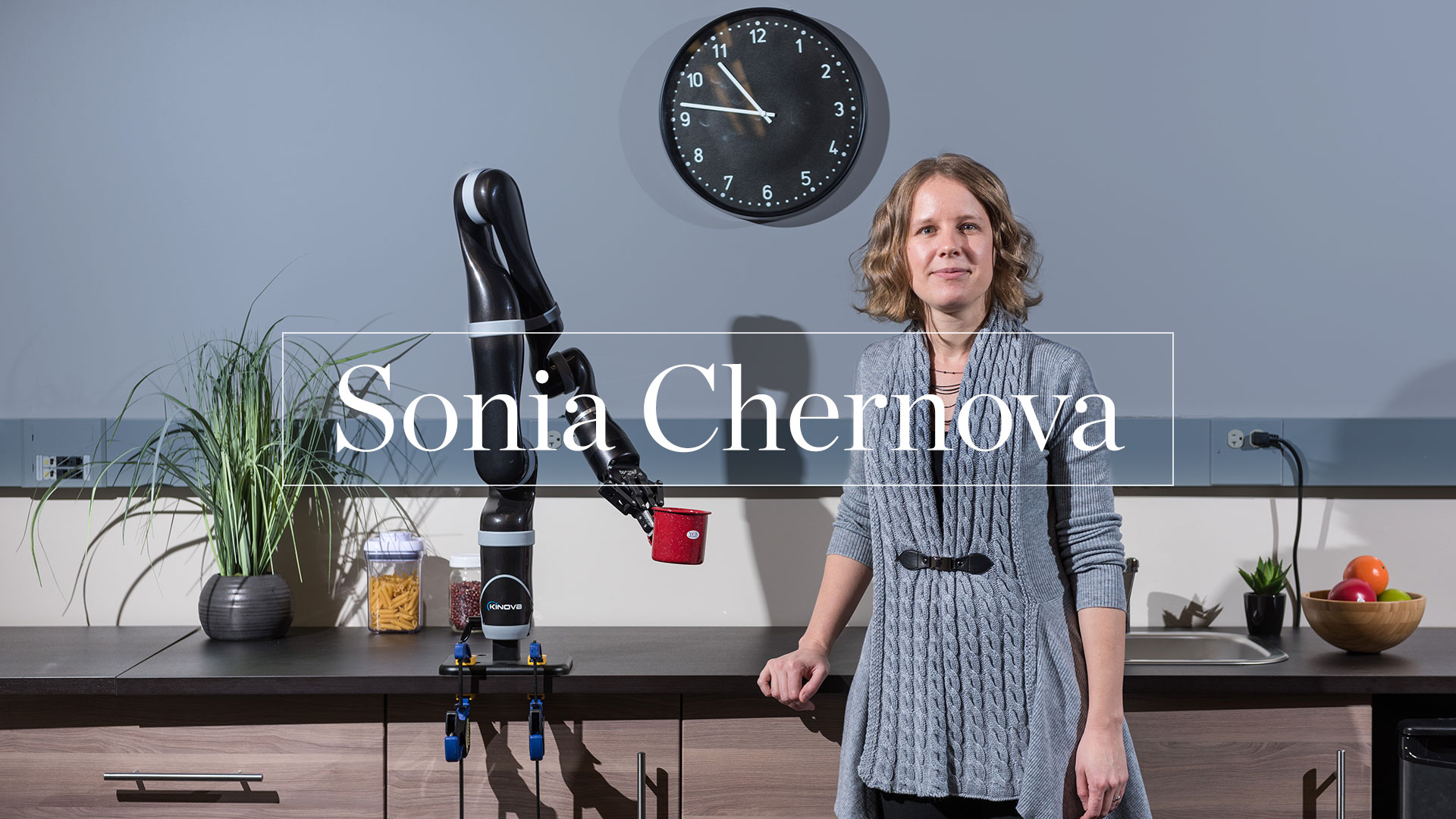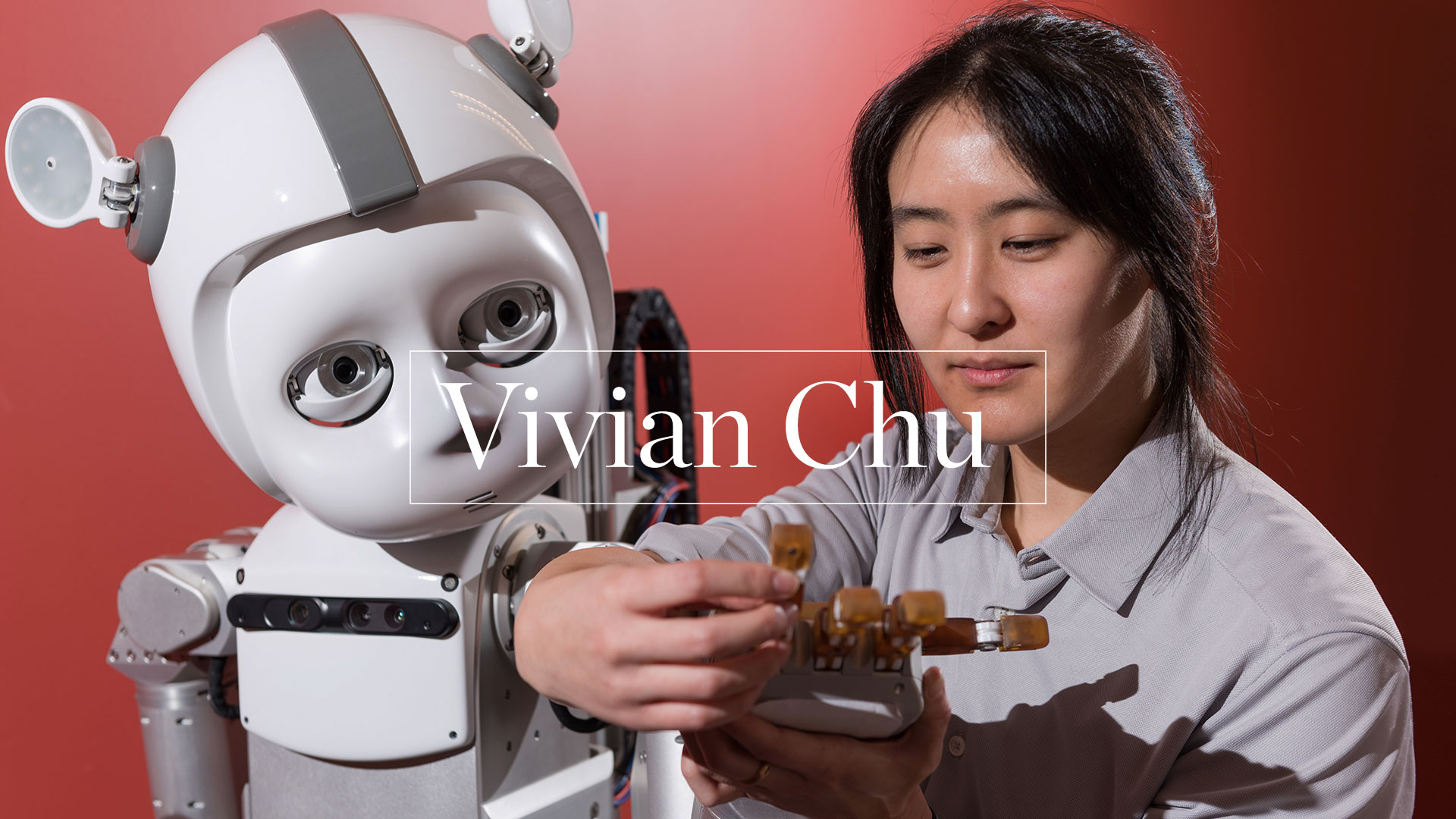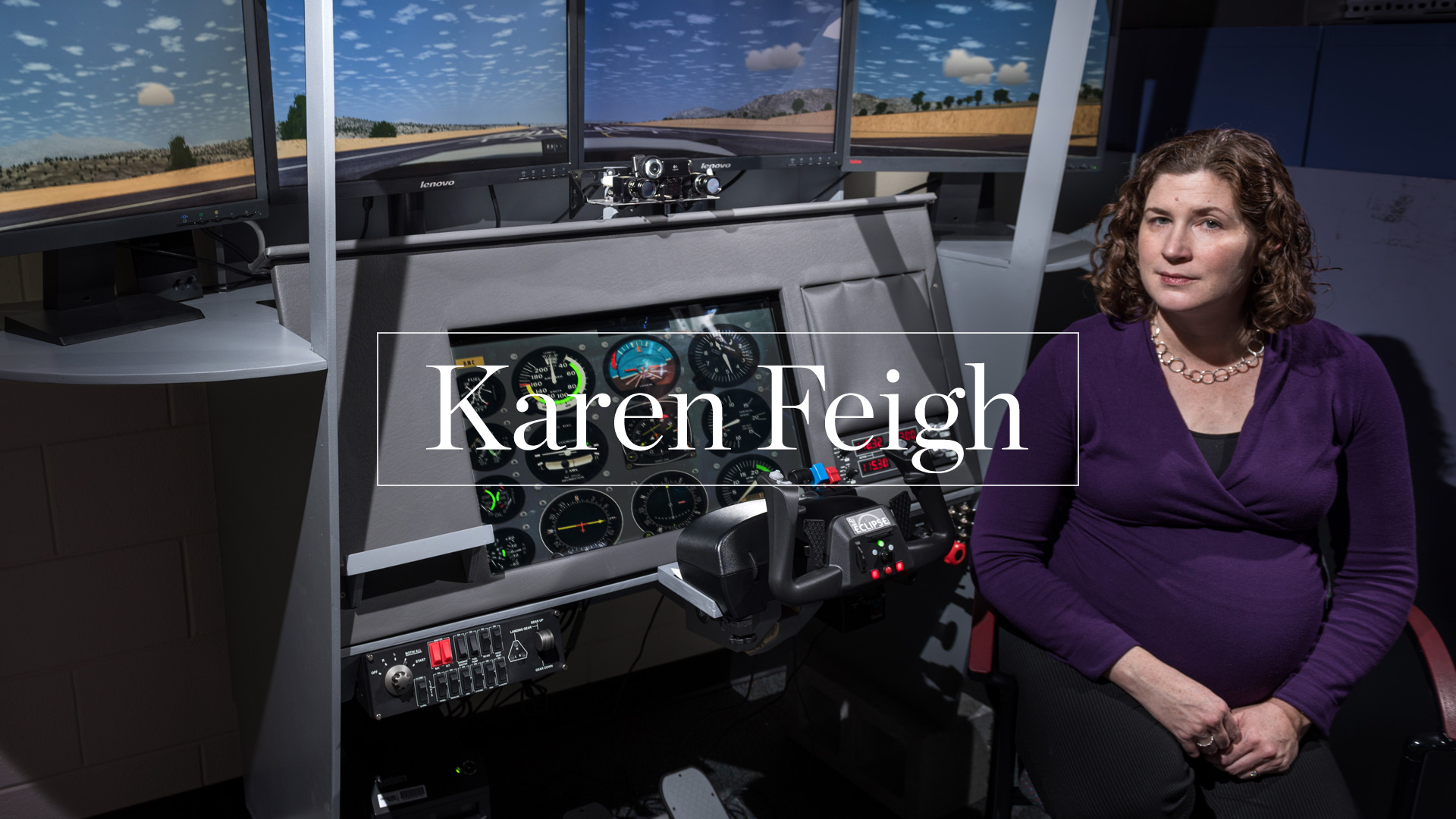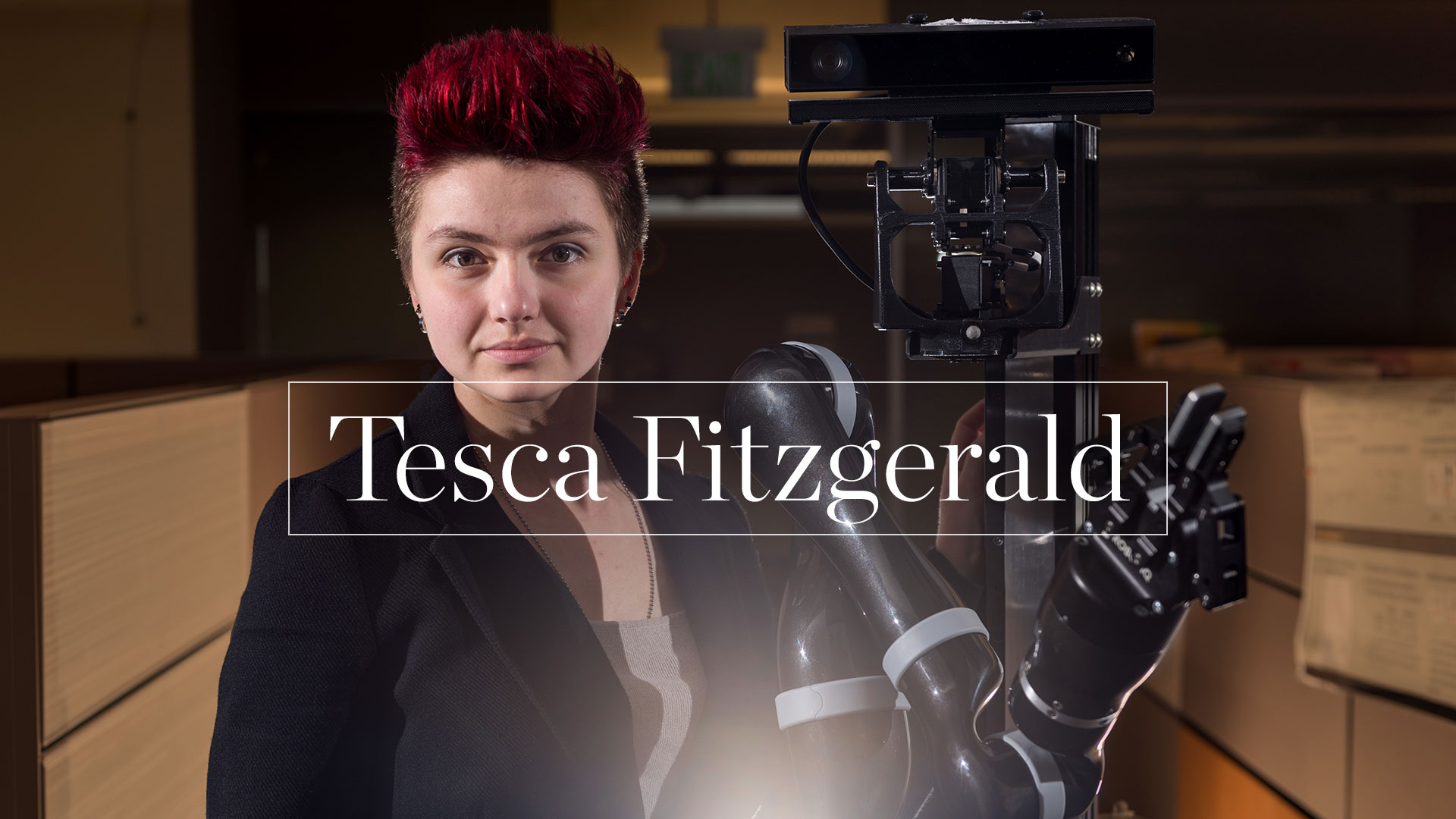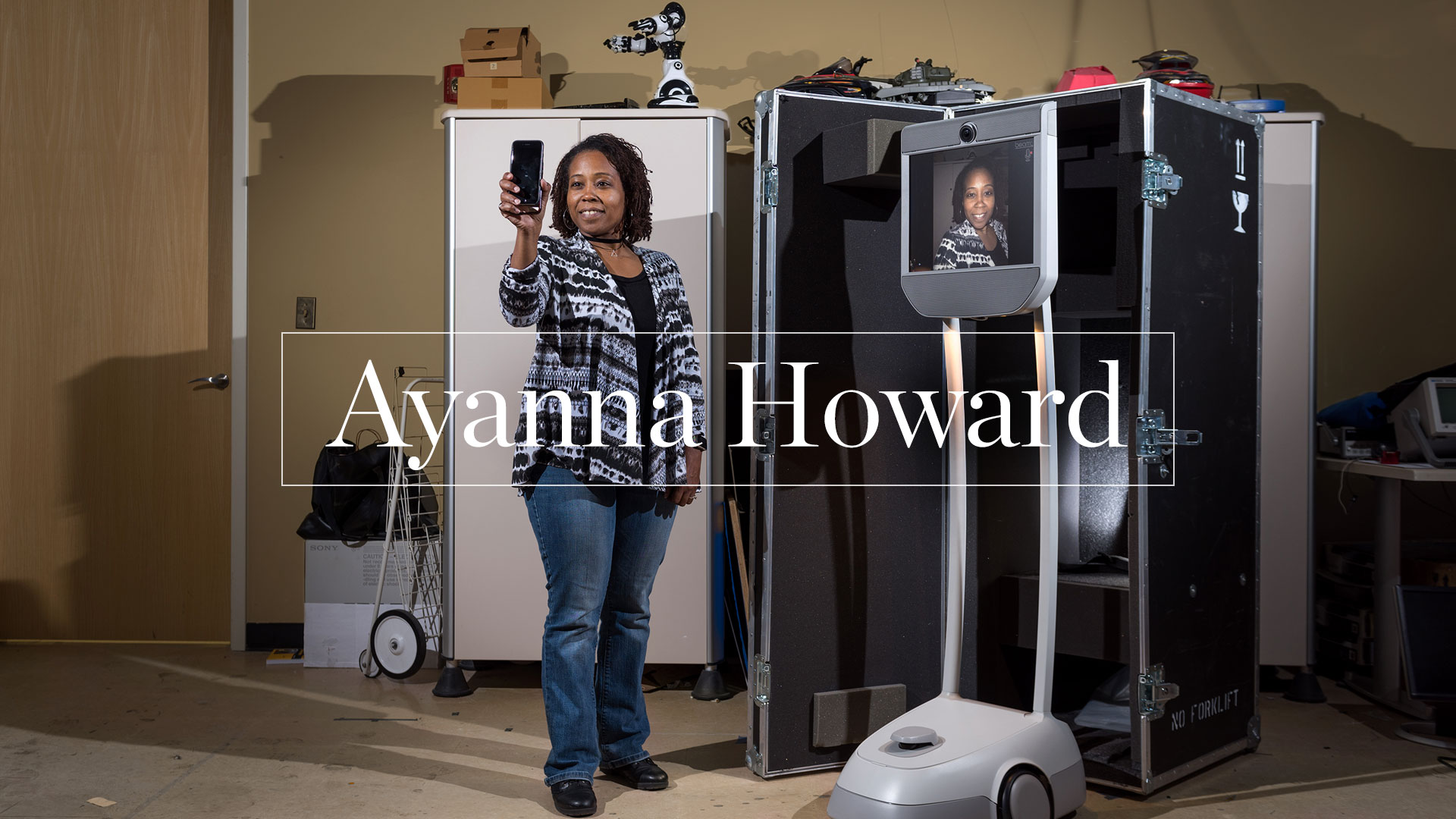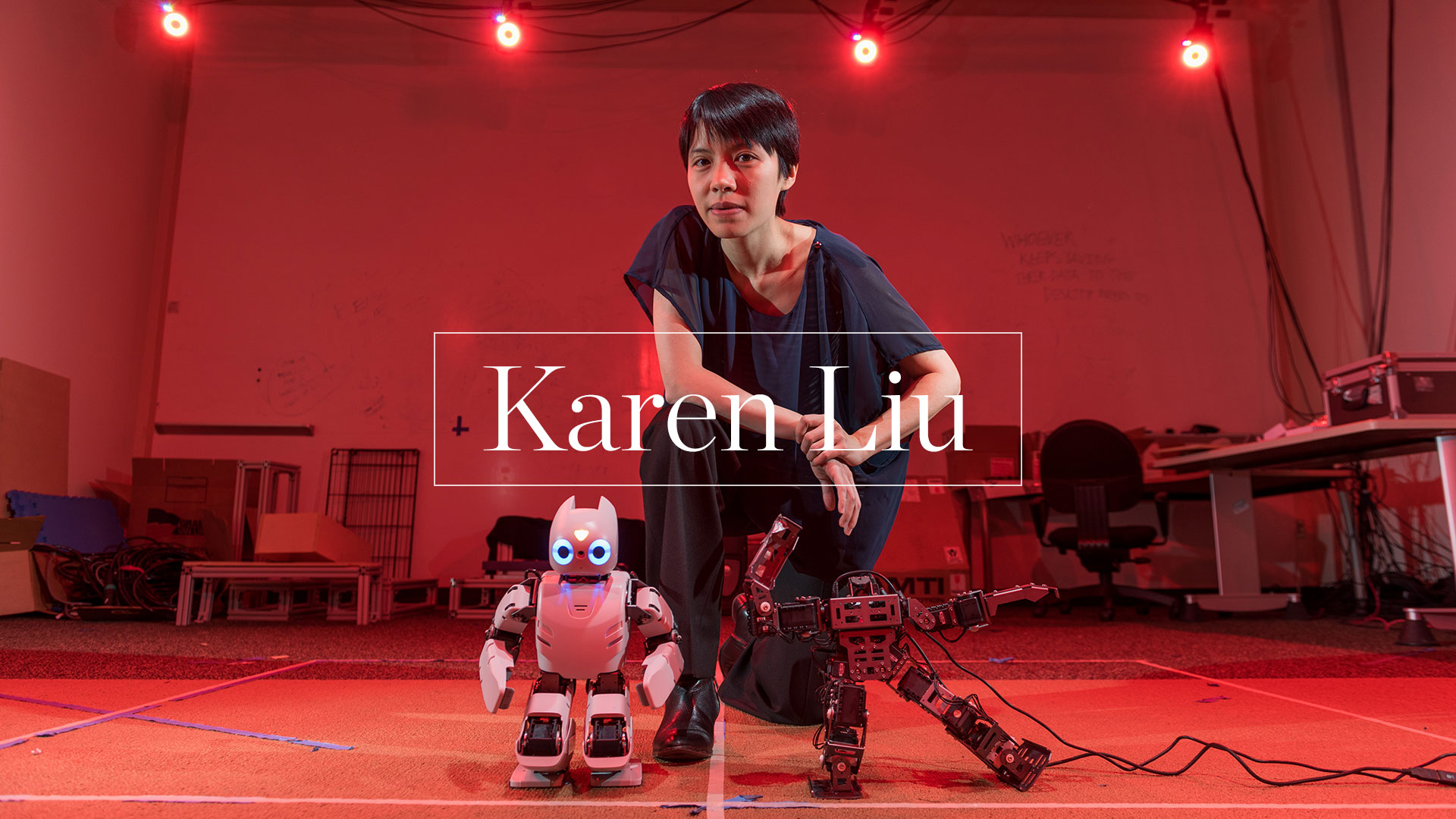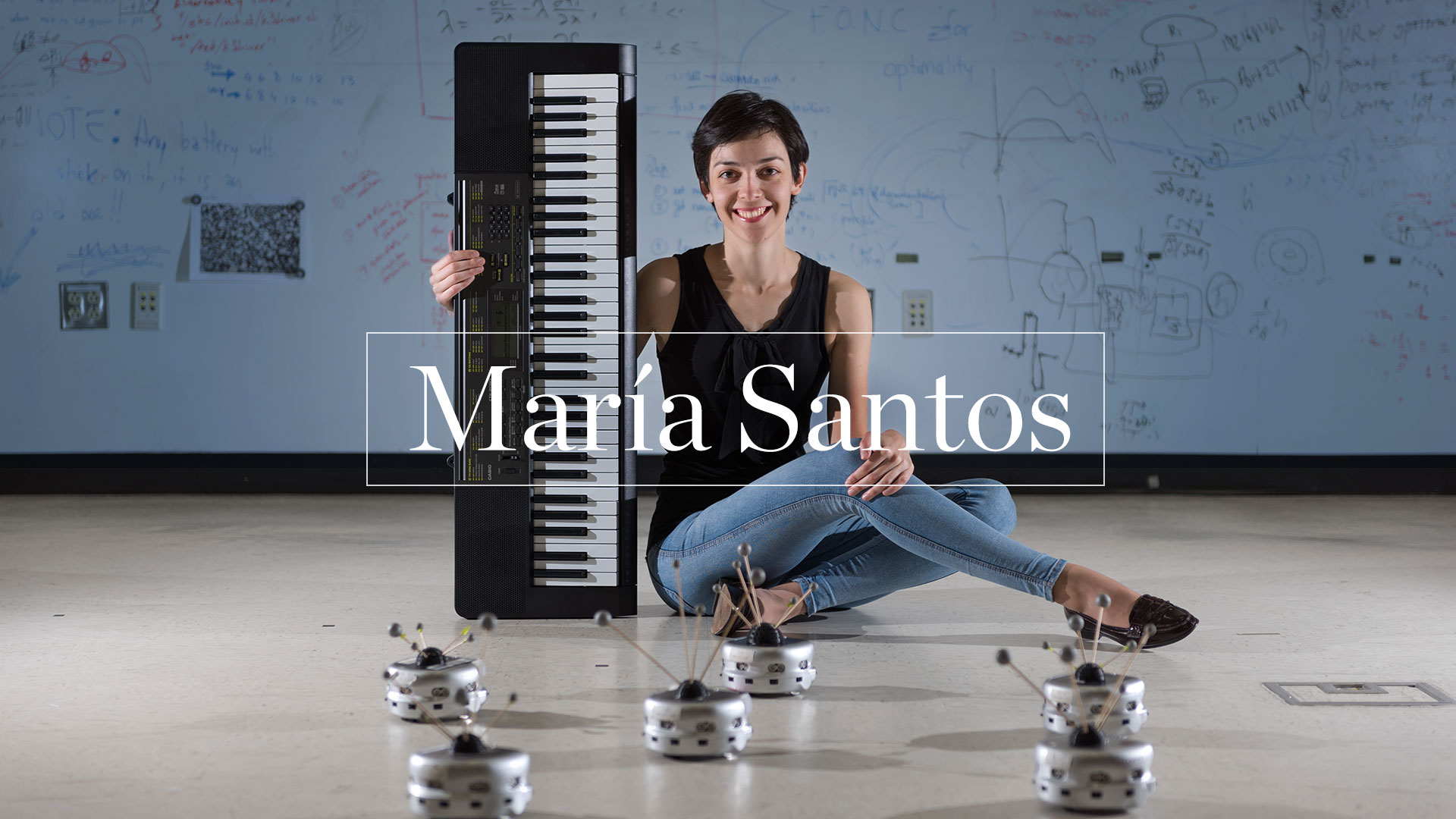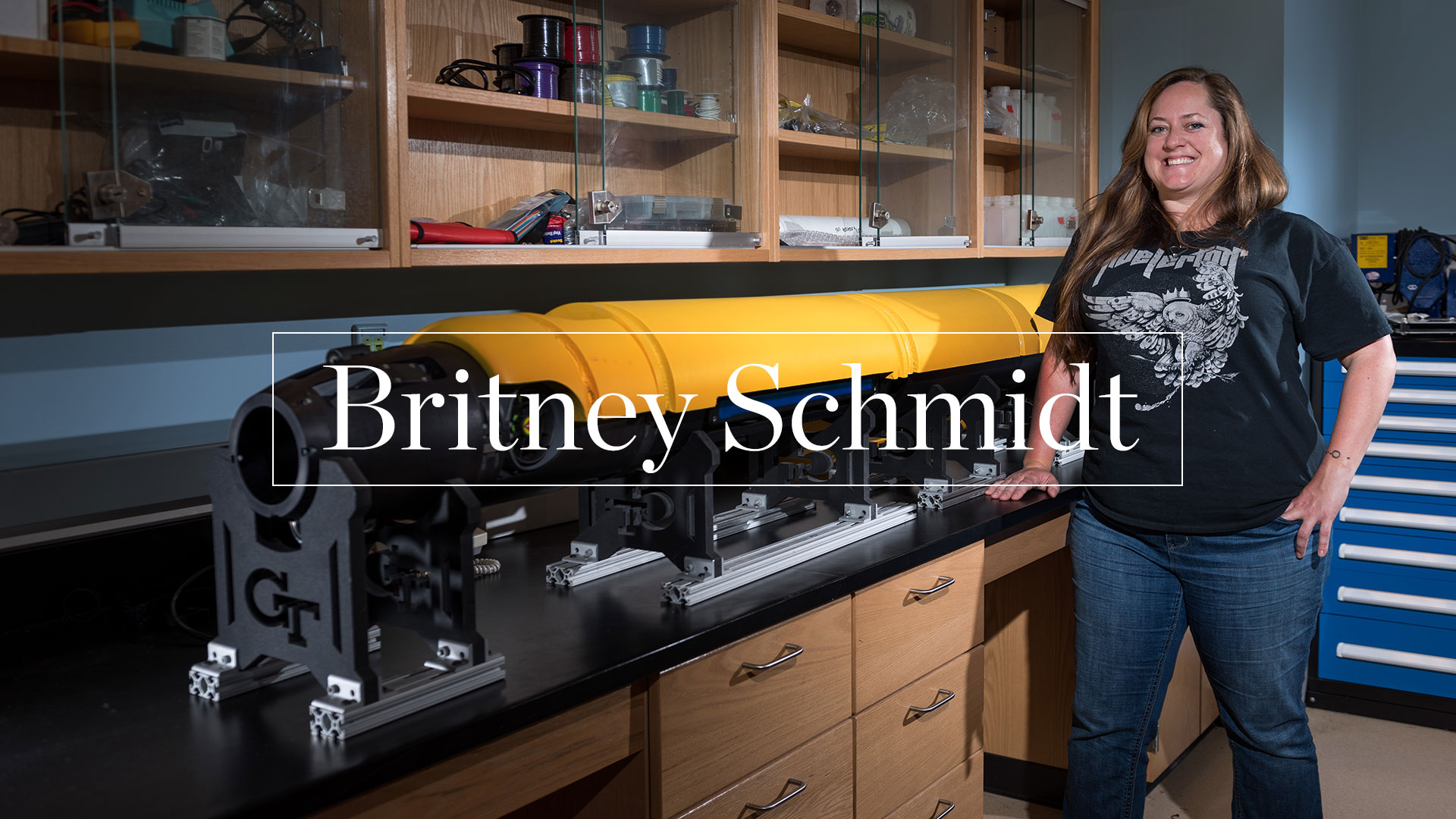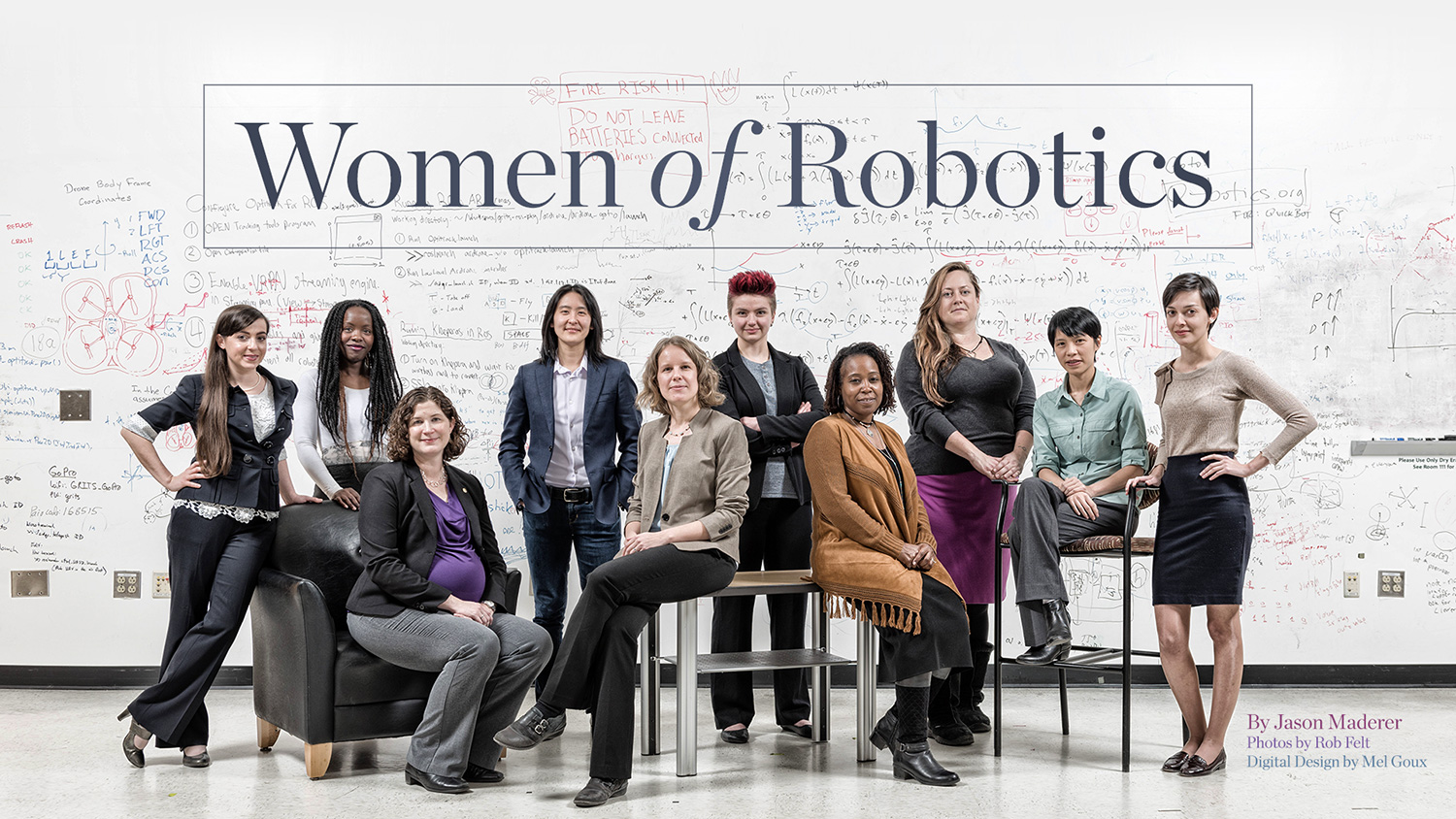
Women of Robotics
By Jason Maderer April 7, 2017
Although she’s only in her mid-40s, Ayanna Howard is the nation’s most senior African-American female roboticist in higher education. It’s another example of the lack of women in the field.
“It always surprises me,” said Howard, the Linda J. and Mark C. Smith Chair Professor in the School of Electrical and Computer Engineering and chair of the School of Interactive Computing. “The medical and biomedical fields are just as technical as robotics, but they don’t have as major of a gender gap.”
The good news? While nationwide numbers for robotics aren’t available, the number of women earning undergraduate degrees in computer science is increasing. It was nearly 14 percent in 2009. It approached 16 percent as of 2015. This past fall, 23 percent of Georgia Tech’s computer science students were women.
Does diversity in robotics truly matter? Howard and her female colleagues are quick to say yes.
“If robots are truly being built so everyone can use them, how can roboticists figure out what’s needed for half the population if women aren’t represented very well in the design process?” Howard asked. “Our field must be reflective of the consumer market.”
In a world dominated by men, here are 10 Georgia Tech women changing the field of robotics.

